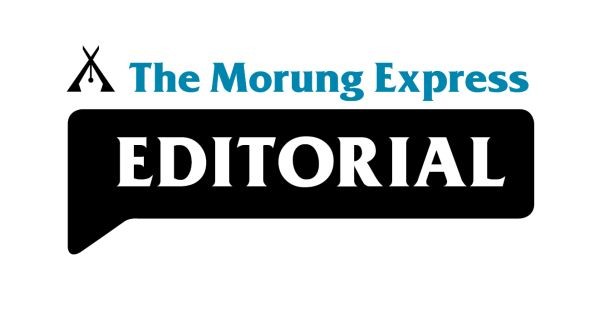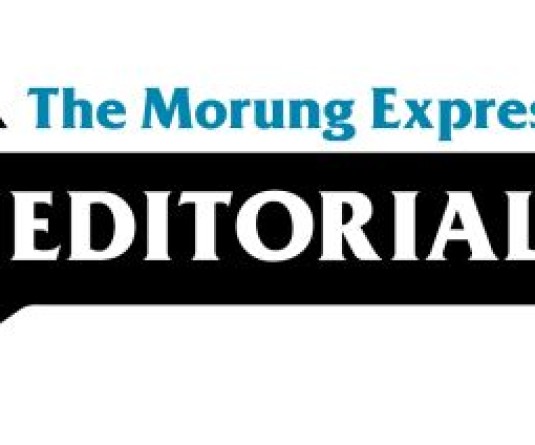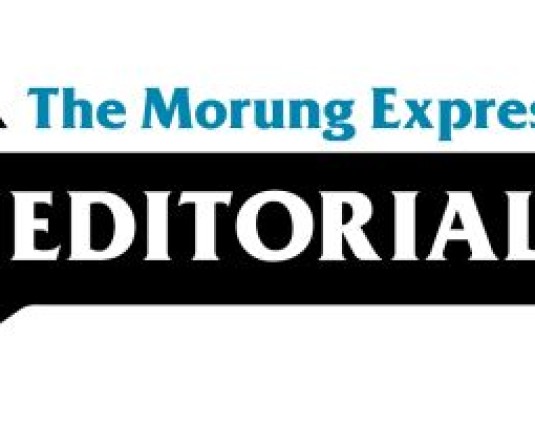
Imlisanen Jamir
In 2014, The Morung Express published a little story commemorating The World Radio Day, with the hope that this often ignored medium in the internet age, fulfils its potential to help a state like Nagaland grow.
It’s February 13 again, the day marked by UNSECO to celebrate this good old form of communication, and exactly four years since that story appeared, there is some reason to cheer.
While the radio waves in Nagaland have not exactly lit up, the launch of FM Tragopan, has certainly added some vibrancy to the scene.
FM Tragopan was launched on October 2, 2017 in Kohima with a dedicated channel for the state, which airs FM programmes from 6:00 am to 9:30 pm. FM Tragopan also covers many parts of Assam (Diphu, Karbi Anglong, Sivasagar, Lakhimpur) and Arunachal Pradesh.
Ever since its release, the channel has been embraced by listeners. Naga Radio Jockeys take to the mic every morning, afternoon and evening; and they’ve made this gig their own. So kudos!
One obvious sector that can derive a lot of benefit from this recent surge in radio activity is local musicians. FM Tragopan caters to the music tastes of most of its listener base, and also hosts shows that exclusively play music by local artists.
Despite all the digital tech that has tremendously eased the problem of accessibility today, globally, the music industry’s symbiotic relationship with good old radio is still strong. It’s not a hipster-ish romantic fantasy to assume that modern musicians the world over still think that having their music played on the radio is a pretty big deal. And radio shows are still one of the best ways to let the people hear your songs.
Apart from the music shows, news (under FM guidelines of course), and shows focused on community development are also aired on the station; in multiple dialects.
The latter two are spaces with room for more progress. Guidelines entail that the news is carried exclusively in the format as aired by the All India Radio. The ‘community’ centric programmes also still have that parastatal flavour to it. Furthermore, convoluted clauses on radio allocation eligibility, and a surprisingly competitive bidding process are still hurdles that need jumping.
To truly empower the democratic process, opening up the radio waves as much as possible can do wonders. Podcasts, radio interviews and commentaries can greatly contribute to the Naga discourse.
Radio Tragopan is a start. This station is perhaps most importantly, a first step to inculcate a fast declining trait among people today. And that is the willingness to listen.
In this age of social media, for all its glories, we have become transmitters, broadcasting our micro thoughts and reactions almost incessantly and recklessly.
Listen to a radio show, and we might be provoked, informed or excited about a new subject. But in listening we are doing something that is a little out of fashion, contemplating what others are saying.
And as a society, we could do with more of that.
Comments can be sent to imlisanenjamir@gmail.com





